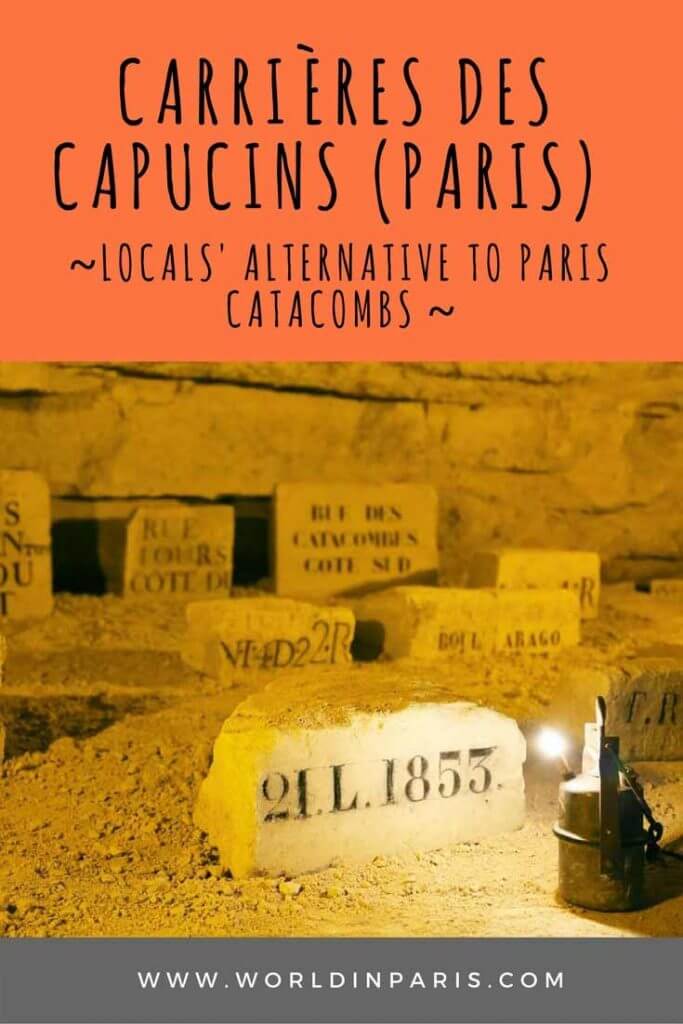If you are familiar with our Underground Paris Guide, you’ll know by now that there’s much more than the Catacombs of Paris. And amongst all the Paris underground tours, Les Carrières des Capucins (or Capuchins’ Quarries) always outstands for its beauty and historical importance.
Unlike the Catacombs of Paris (a stone quarry, which became an ossuary), Les Carrières des Capucins did not change its use, so this part of Paris below the ground has not changed much since the City Council decided to close the quarries. This Paris underground tour is also a step back in time: below the streets of today’s Paris, the Paris of the 17th century still exists, tucked forever within the walls of Les Carrières des Capucins.
Keep on reading about one of the most hidden gems in Paris, the version for locals of the Catacombs in Paris.
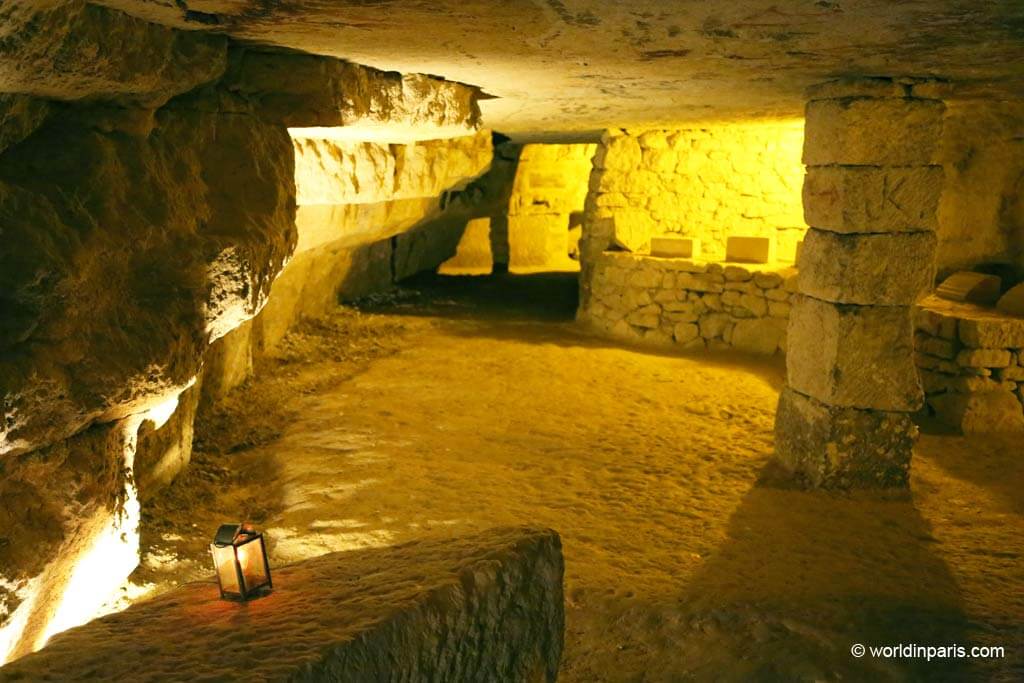
Les Carrières des Capucins – History
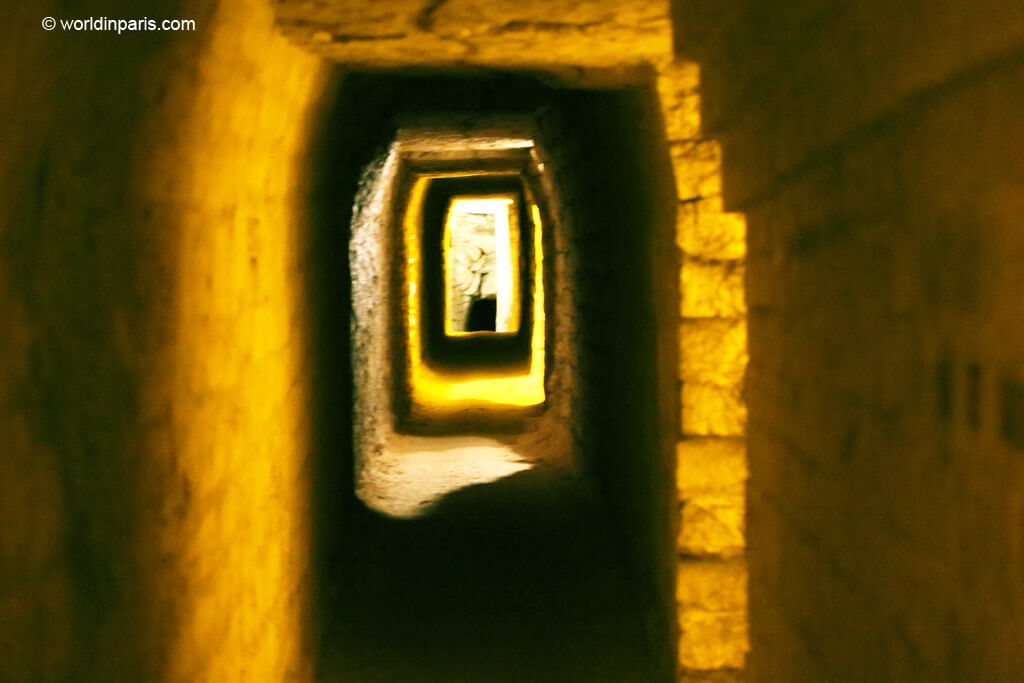
Les Carrières des Capucins is a medieval limestone quarry located under the Cochin Hospital, on the site of the former Capuchin Novitiate. The remains of this interesting network of galleries, 1.2 km long, are approximately 18m below the ground and cover part of the above Boulevard Port-Royal, the Cochin Hospital, and Rue de la Santé in Paris 5, 13, and 14 Arrondissements.
This limestone quarry was exploited between the 12th and 17th centuries, and it was consolidated in the 18th century. Today, the medieval quarry is maintained and enhanced by a non-profit association in the form of a museum. It is thanks to their great volunteer job that Les Carrières des Capucins became the first Paris underground site to be registered as Historic Monument, in 1990 (partially), and in 1999 (the whole site).
The Quarries’ General Inspection
The Parisian Region is particularly rich in limestone. Since the 1st century C.E., Romans in Paris started to exploit the Bièvre Valley to get enough stone for its civil constructions.
From antiquity to the middle ages, Parisians used the “open quarry exploitation” method, which required simple resources but a lot of manpower. When stone became scarce on the ground, trenches were dug deeper and deeper, and quarrymen started to go underground.
The underground quarries were exploited as long as good-quality limestone was available. When there was no more stone to extract, quarries were closed and abandoned.
The history of the Inspection Générale des Carrières (Quarries’ General Inspection), begins in the middle of the intensive exploitation of the quarries in Paris and its region. In the 18th century, the city’s subsoil and that of its suburbs were extensively excavated, leaving behind huge abandoned and barely indexed quarries when there was no more stone to extract. Paris was like a huge “gruyère cheese” and, inevitably, collapses (land, houses, or even street collapses) started to happen.
After these tragedies, King Louis XVI created the Inspection Générale des Carrières (IGC) in 1776. This special service had the mission to inspect and consolidate the underground quarries to avoid more accidents. The Inspection Générale des Carrières also proceeded to the quarries’ study and mapping. What we can see today in the Quarries of the Capuchins is the result of their work.
Les Carrières des Capucins – Underground Tour
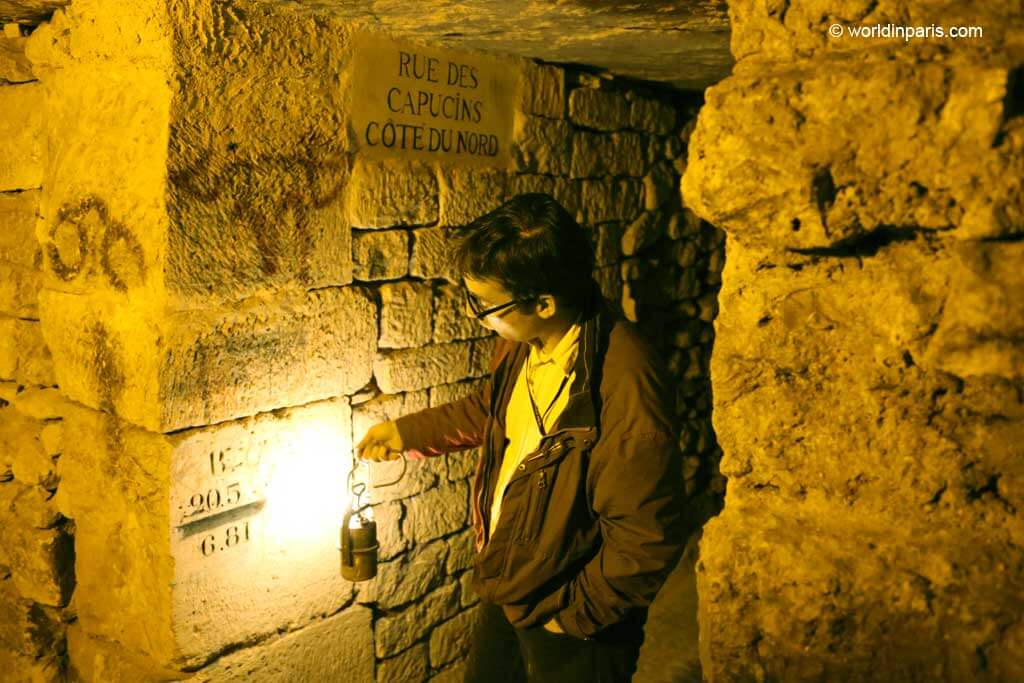
Les Carrières des Capucins is a space managed by an association of volunteers, partly under the public domain and under the private domain. The site is not open to the grand public, so visiting Les Carrières des Capucins is not easy. However, there are a few guided tours (1 tour every 1-2 months), and they are usually scheduled only 1-2 weeks in advance.
The only way to join a guided tour is to email them (association [at] seadacc.com) showing your interest in visiting the quarries and asking to include you on the waiting list for the next visit. Then, one day, you will receive an email to inform you about the next visit and ask for confirmation. Guided visits (2 hrs, in French) are proposed only for small groups (15 people maximum) because galleries are narrow, and they want to keep the intimacy of the place.
This unusual and rather confidential Paris underground tour, done under the light of a torch, unveils part of the city’s exceptional industrial heritage – the world of underground quarries – and some interesting curiosities.
The meeting point is in front of Cochin Hospital, in the 14th District of Paris. Here, we are not far from the Catacombs of Paris.
The visit to Les Carrières des Capucins starts climbing down some 200 steps. Visitors will walk 18 meters below the streets of Paris, with a temperature of 13C° and 95% humidity, so a jacket or a pullover + sturdy shoes are recommended.
Underground Paris
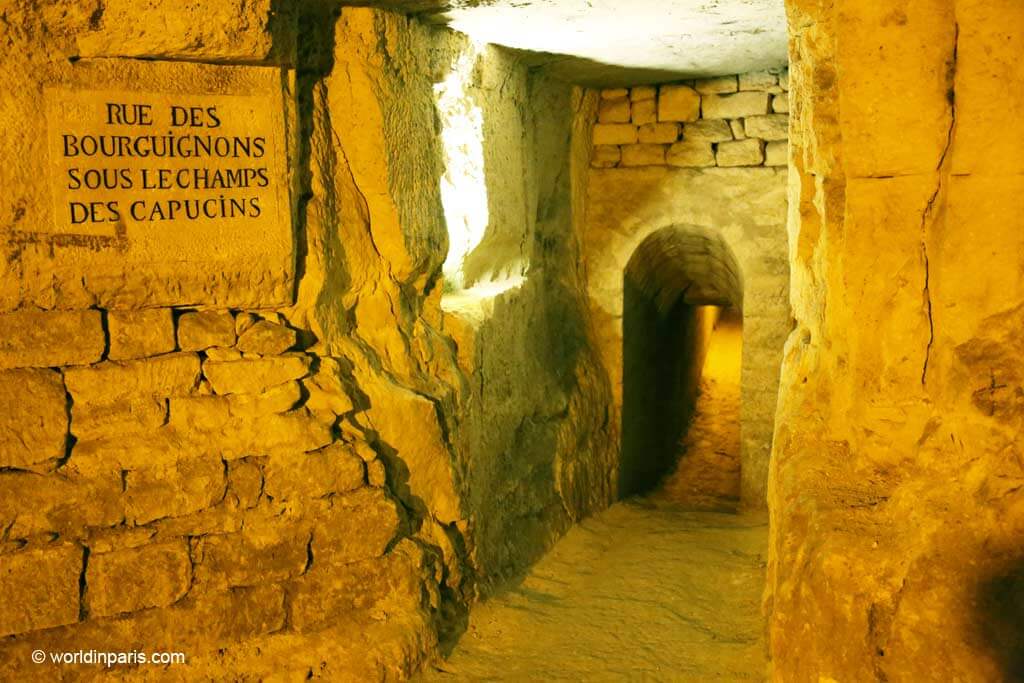
Paris underground was a reflection of the city above ground. This means that the underground galleries followed the same plot as the Parisian streets, and they had the same kind of street signs as on the surface. While some streets of Medieval Paris disappeared forever due to the Haussmannian works, they still exist underground with their original street signs from the 18th and 19th centuries.
In the picture above, you can see the Rue des Capucins. This street disappeared on the surface a long time ago, but it still exists underground. To help with navigation, the street signs were positioned according to the cardinal points, just like on the surface.
Stone Inscriptions (and a Couple of Fleur de Lis)
During the underground tour, visitors can see different stone inscriptions. Some stones have, for example, the Quarry Inspector’s monogram, while others talk about different events happening in the city.
During the French Revolution, some carved stones were intentionally damaged to erase the Fleur de Lis, the symbol of monarchy in France. However, a couple of Fleur de Lis survived, and visitors can still see them hidden in the galleries of the quarry. Can you find one of the few surviving Fleur de Lis in Paris in the picture below?
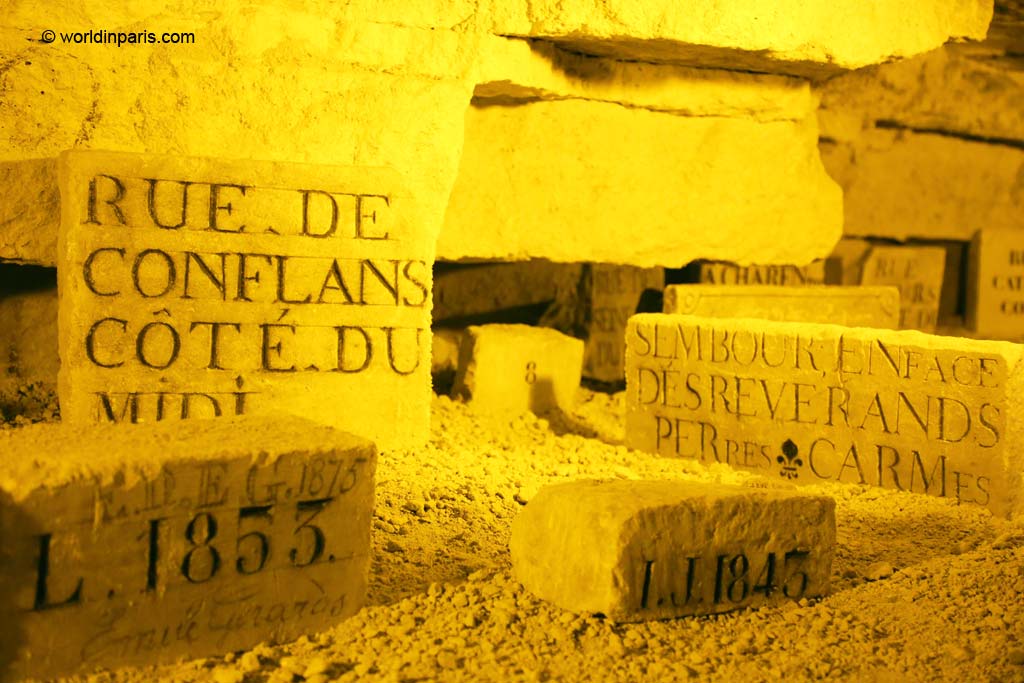
The 4D2 2R inscription on the picture below (second row) is a date of the Republican Calendar. This extravagant calendar, (also called Revolutionary Calendar) was created during the French Revolution to avoid any relationship with religion (Gregorian Calendar) or monarchy. Indeed, 2R stands for the second year of this Republican Calendar (1793).
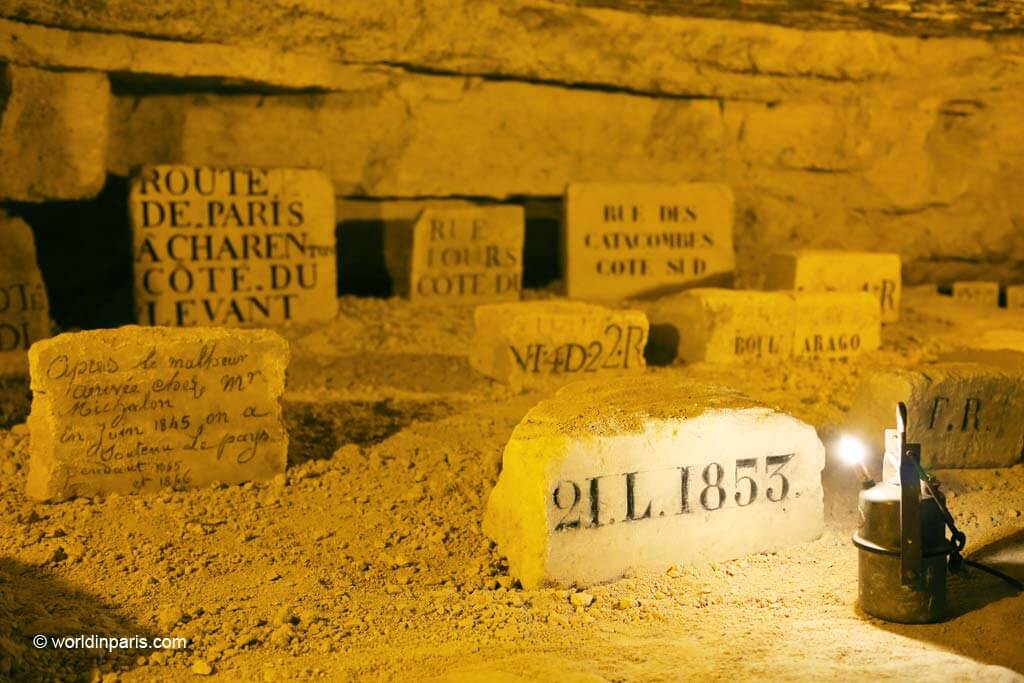
Other Curious Things
This Paris underground tour is full of interesting sights and quirky curiosities. There is, for example, the Capuchins Fountain (1810), which was used to measure the water table in this area. Visitors can still see the carved scale with the metric system.
This water basin was the first underground monument to be listed as a Historical Monument in France (1990), while the ensemble of Les Carrières des Capucins was listed as a Historical Monument later in 1999.
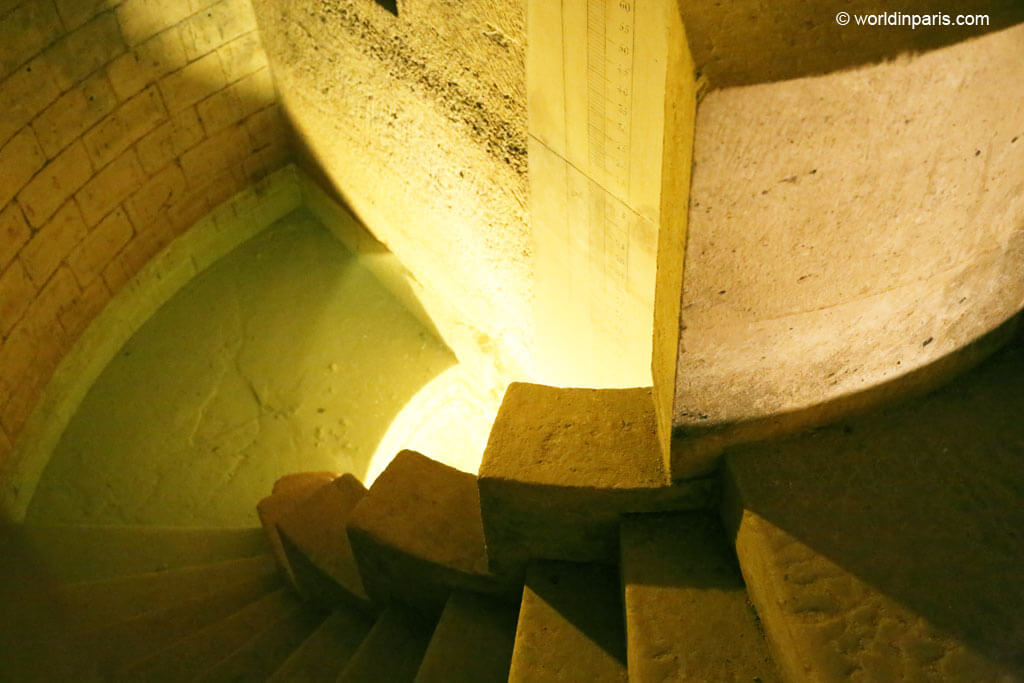
The picture below shows an inspection well (1841). During the visit, it is also possible to see some of the former extraction wells.
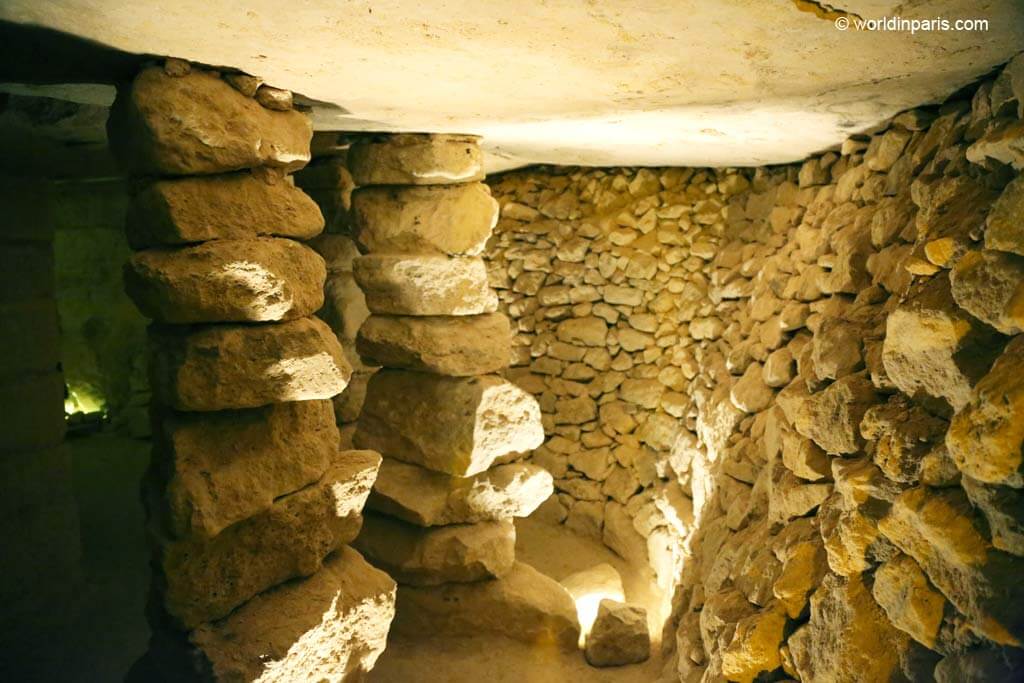
The Quarry of the Capuchins is also decorated with contemporary sculptures done by the most talented members of the association. An example of these sculptures is the beautiful replica of the “Scala Philosophorum” located at Notre Dame’s entrance (Paris 4), on the main pillar. This sculpture has a strong symbology: it reminds visitors that part of Notre Dame was built with stones coming from this quarry.
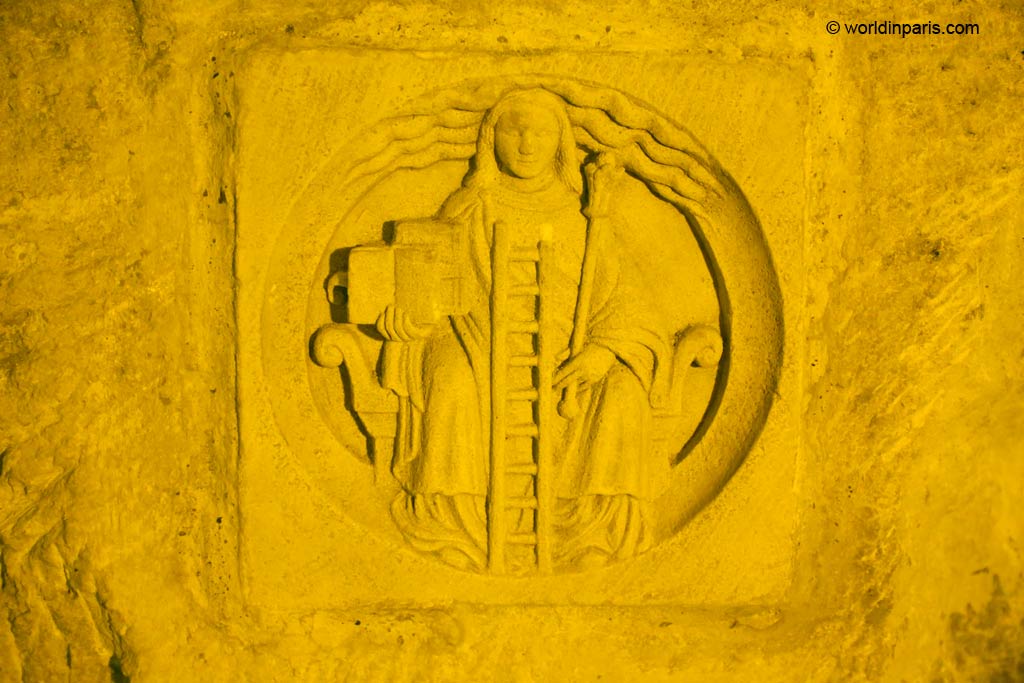
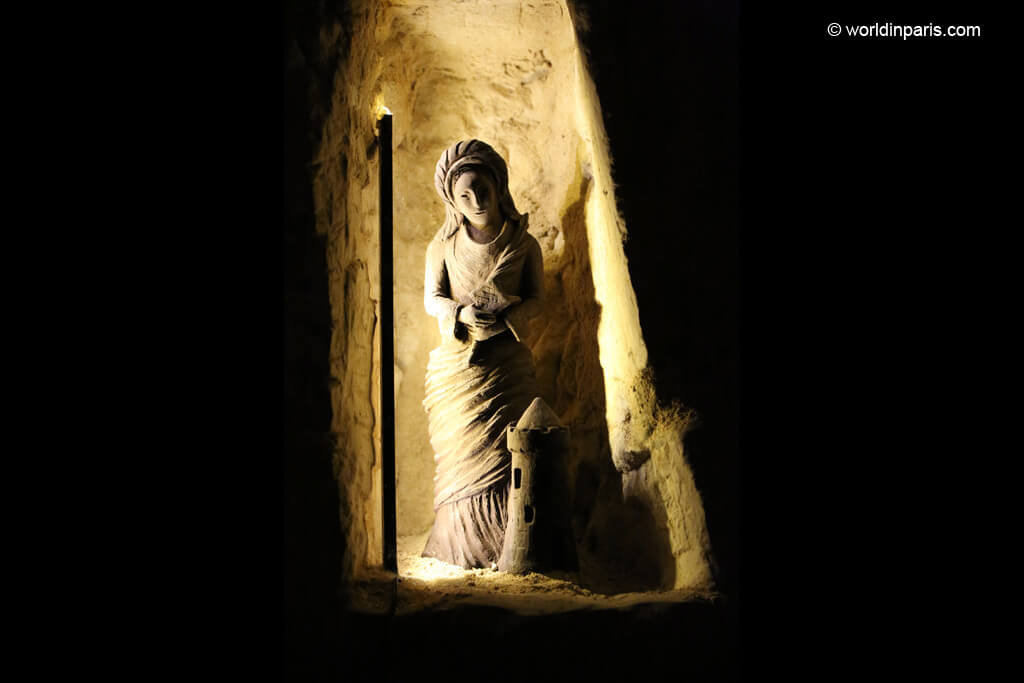
On the way, a Capuchin monk and quarry-man mannequins welcome the visitors at the entrance of two galleries. This is just a concession to one of the members of the association, who worked with mannequins in the past. He retired a long time ago, but he still likes to play with mannequins and dress them like in the 17th century. Because he is always very kind to everybody, the association lets him place his mannequins here and there.
Finally, visitors can also see a “cabinet minéralogique” (=mineral cabinet of wonder) with the quarry’s different geological layers carved on a scale.
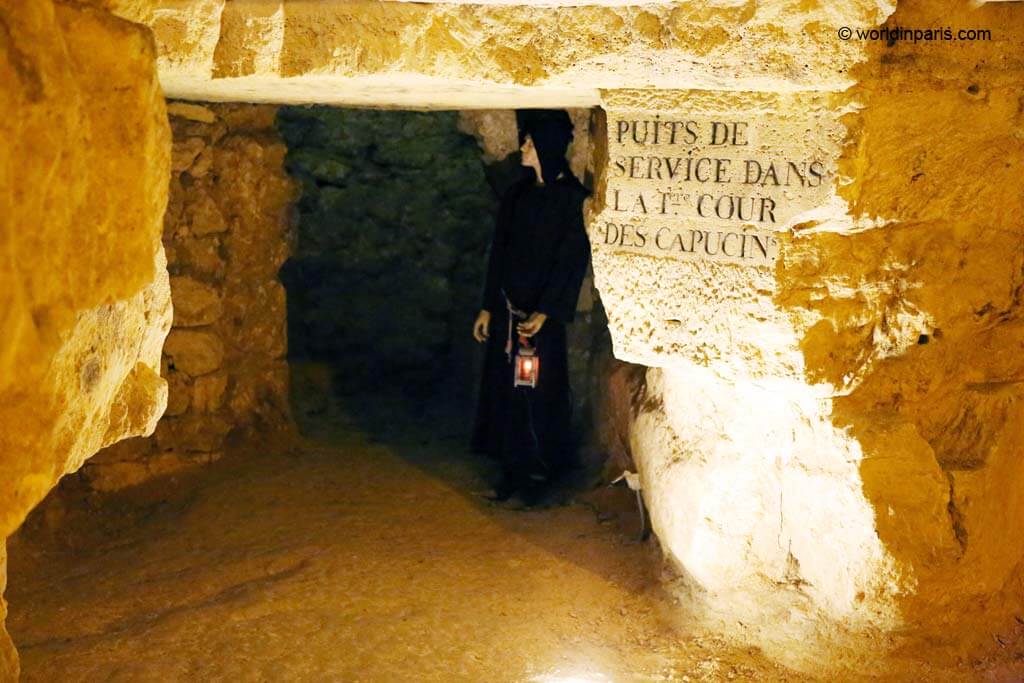
The History of the Champignons de Paris (Button Mushrooms)
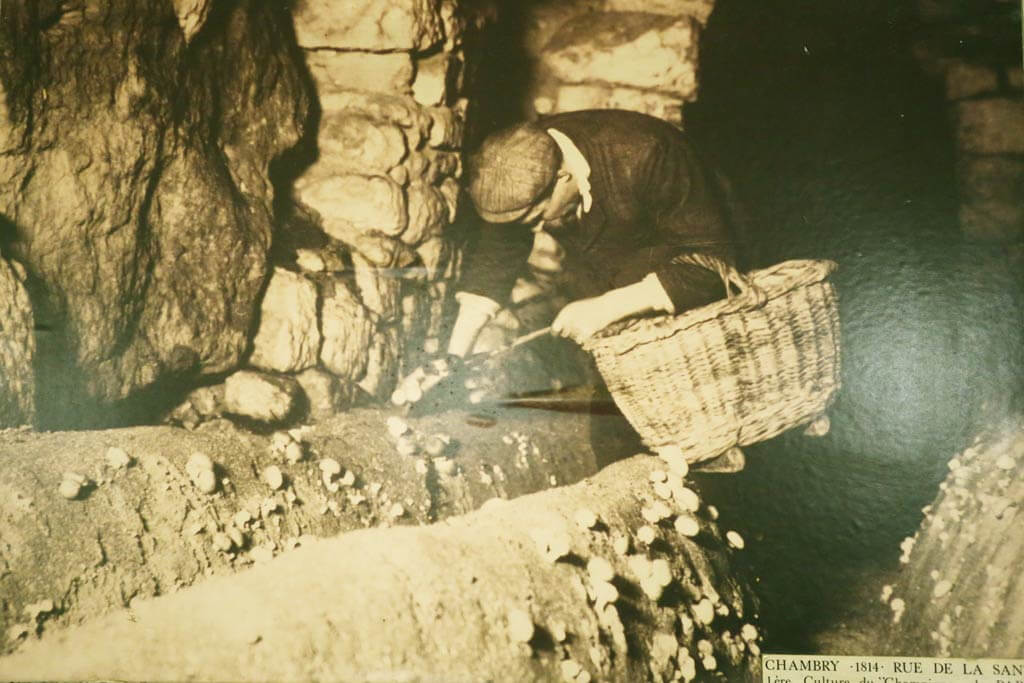
At the beginning of the 19th century, the intensive exploitation of the quarries was banned, and the underground quarries were abandoned.
At the same time, in 1814, a market gardener in Rue de la Santé, called Chambry, had the idea of exploring the old quarries located ten meters below his gardens. Apparently, the well which served as access to the quarry had filtered horse dung, and the man discovered a superb swarm of button mushrooms inside it, known in France as “champignons de Paris.” Excited by the discovery, he harvested them and decided to abandon his vegetable gardens to invest himself entirely in the underground cultivation of the mushroom.
The lucky discovery turned into mushroom farming very fast. The customer demand was so high that all the Parisian quarries were transformed into underground culture fields for button mushrooms. Some of the first mushroom farmers were former quarrymen, and they entered the closed quarries through the air wells. Quarries became soon as prized as when they were used for stone extraction, with a total production of around 2,000 tons of button mushrooms a year.
Today, the only mushroom farms of this kind are located in the departments of Oise, and the Yvelines in Ile-de-France. The access is via gentle slopes or hollows.
Did you like this visit to Les Carrières des Capucins? What is your favorite Paris Underground tour?
Click here to explore other Paris Hidden Gems
Pin it now & read it later
